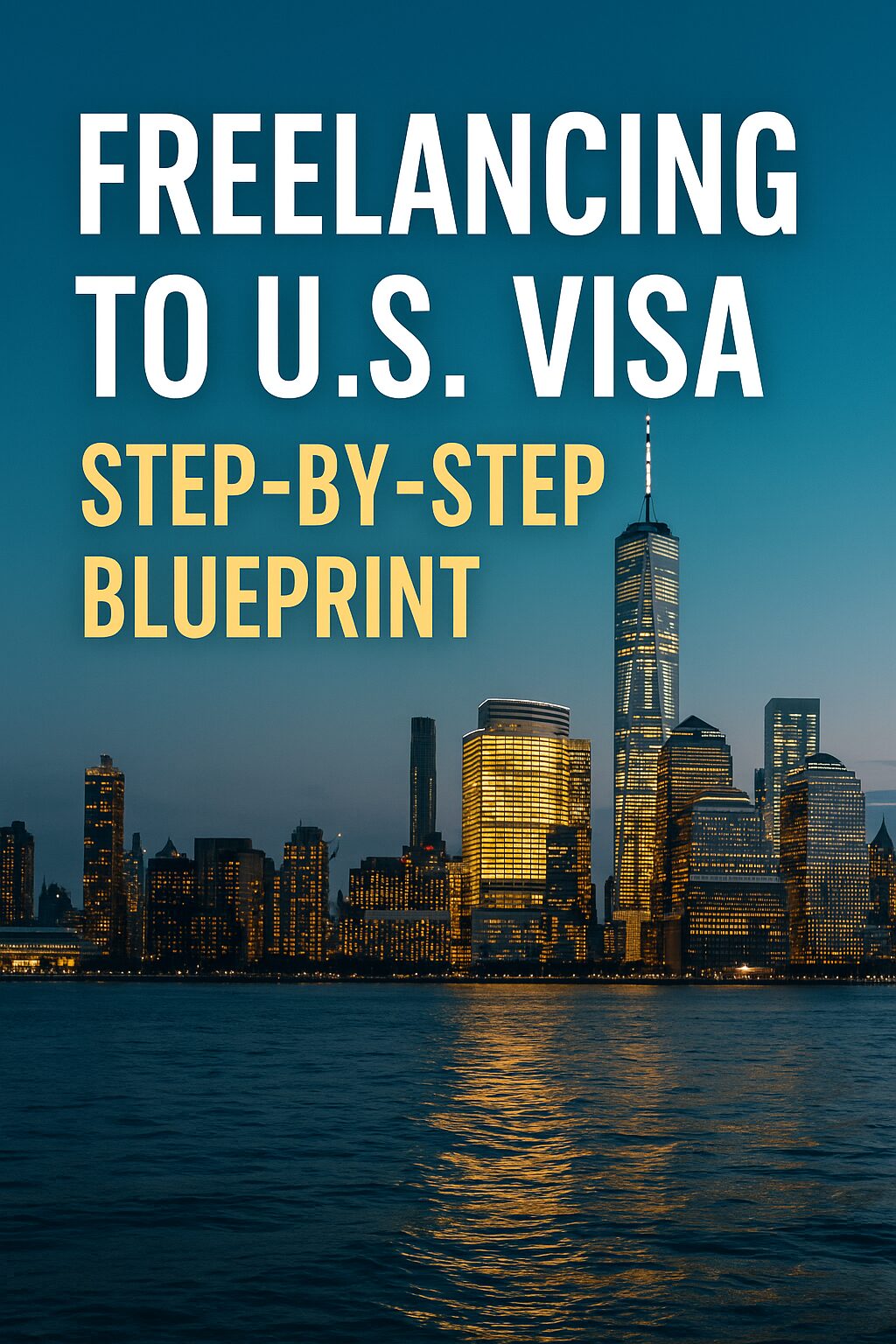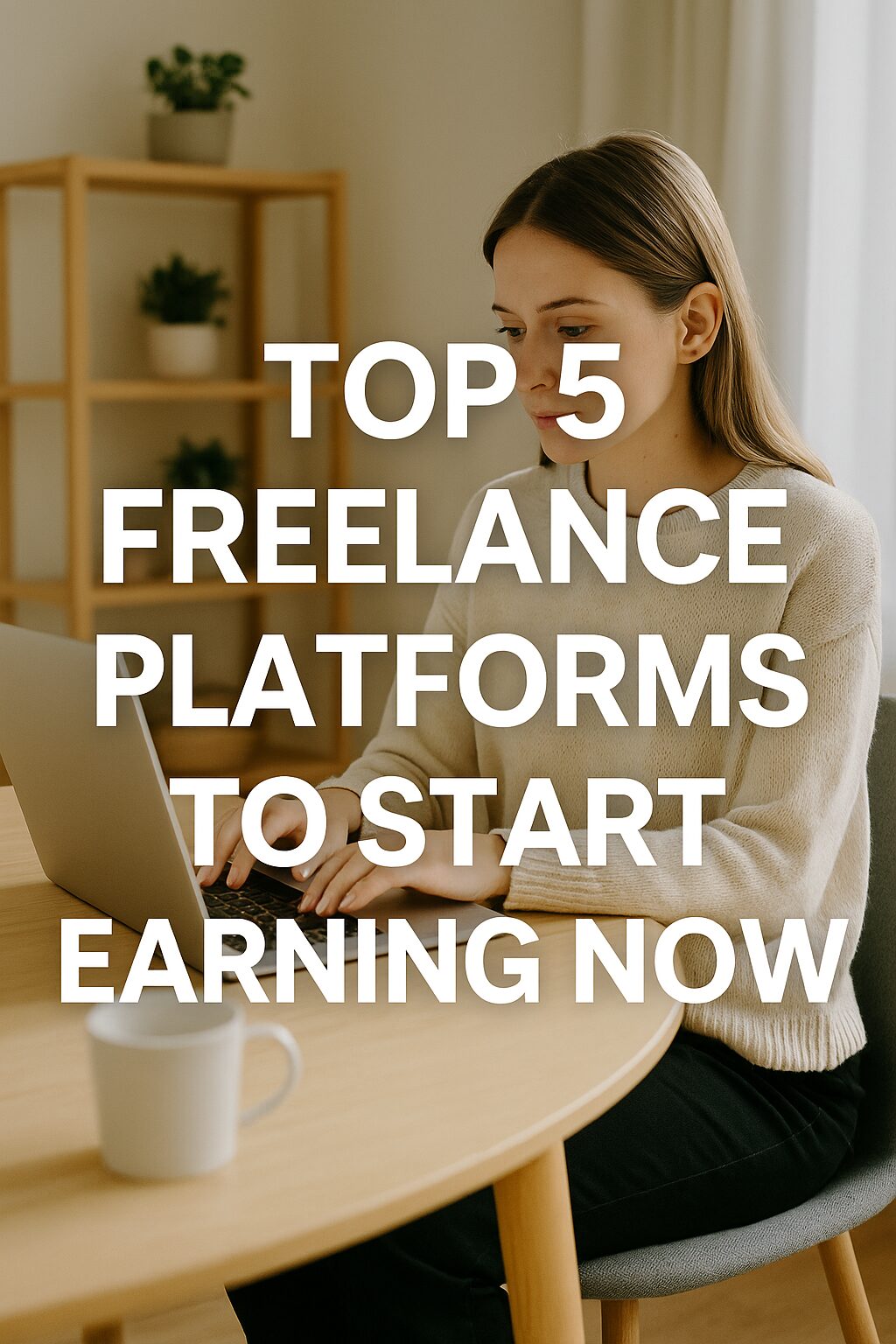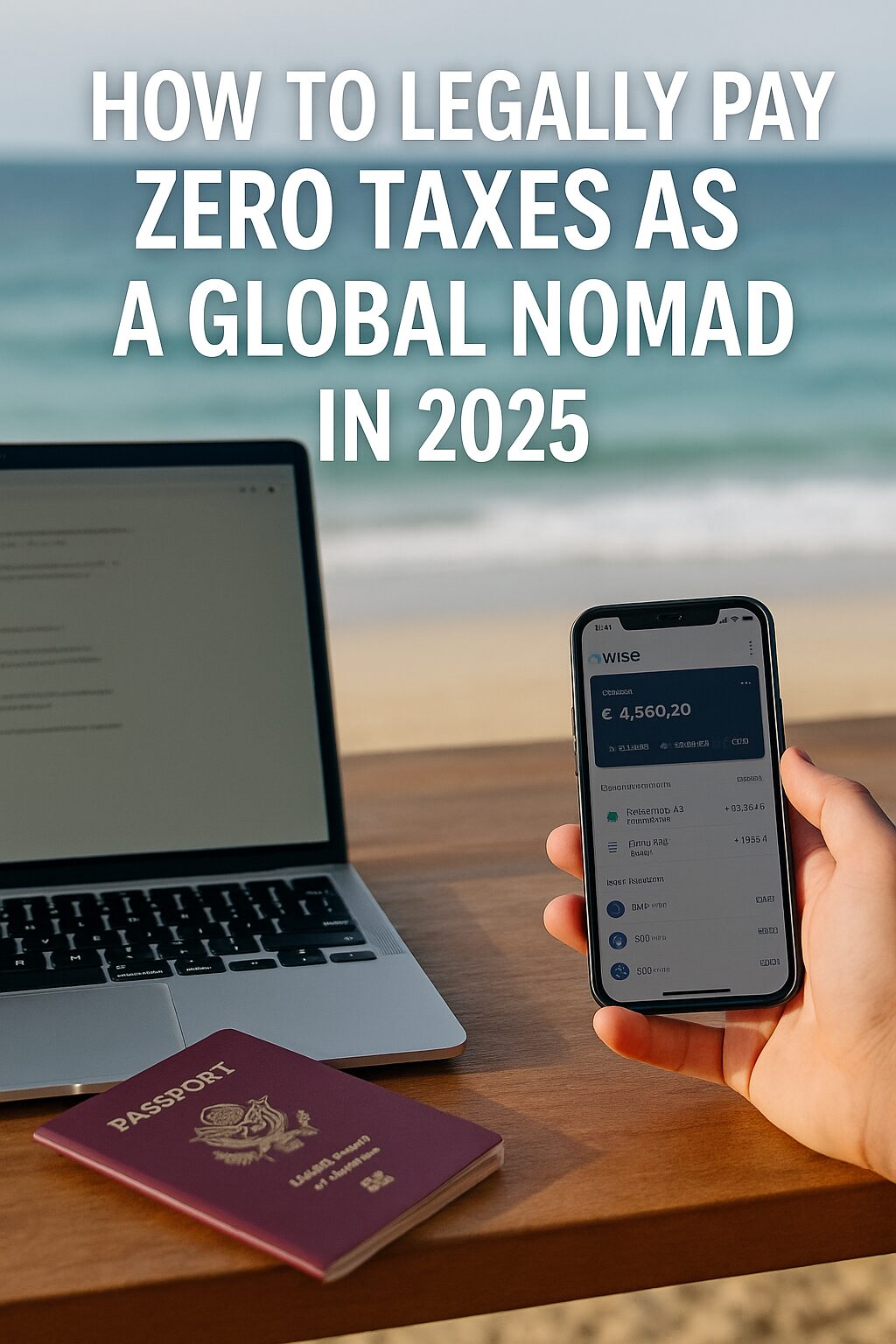For digital workers pursuing long-term success abroad—especially those applying for O-1, E-2, or EB-2 NIW visas—choosing the right freelance niche isn’t just about income. It’s about strategy. Some freelance fields naturally align with immigration goals and strengthen your case. In this guide, we’ll break down the most visa-friendly niches that offer real income potential and support your long-term relocation dreams.
1. Graphic Design – Your Portfolio Is Your Passport
Why it works:
Immigration officers love tangible proof. Graphic design lets you build a portfolio full of logos, websites, and brand materials for clients around the world. That evidence can directly support your O-1 or EB-2 NIW application.
Income potential:
Top freelance designers on platforms like Upwork or Fiverr earn $3,000–$8,000 per month. Specializing in UX/UI, branding, or motion graphics can push your rates even higher.
Visa leverage:
- Concrete portfolio items
- Client testimonials
- Publications and online features
2. Content Writing & Copywriting – Build a Global Voice
Why it works:
Whether it’s blog content, marketing copy, or ghostwriting, writing builds a strong digital footprint. For EB-2 NIW or O-1, bylined articles, guest posts, and published work count toward your professional recognition.
Income potential:
Top freelance writers earn $0.10–$0.75 per word, with monthly incomes between $4,000–$10,000. Niches like finance, health, and legal writing are in especially high demand.
Visa leverage:
- Articles published in reputable outlets
- Book authorship or eBooks
- Speaking engagements or online courses
3. Software Development & No-Code Solutions – Solve Real Problems
Why it works:
Creating apps, tools, or automations—whether in traditional coding or no-code platforms—proves innovation and technical ability. These are prized for O-1 and NIW applications, particularly when solving real-world problems.
Income potential:
Full-stack freelance developers can earn $6,000–$15,000 monthly. Even no-code specialists (Bubble, Webflow, Airtable) earn $3,000–$7,000+ depending on complexity.
Visa leverage:
- Public product releases
- GitHub repositories or published tools
- Case studies from client projects
4. Online Education & Digital Courses – Become the Authority
Why it works:
Teaching what you know builds your reputation. Whether via YouTube, Udemy, or a personal platform, online education shows impact—ideal for EB-2 NIW, which values national interest and knowledge dissemination.
Income potential:
Successful educators earn $5,000–$20,000 per course or monthly via memberships. Topics like tech skills, design, health, and business work best.
Visa leverage:
- Public educational impact
- Media features or interviews
- Online course enrollment stats
5. SEO & Digital Marketing – Show Results with Data
Why it works:
Digital marketers who rank content, grow brands, or scale businesses have a data trail. Google Analytics, case studies, and campaign results offer quantifiable evidence for immigration purposes.
Income potential:
SEO consultants often charge $50–$200/hr. Email marketers and social strategists earn $3,000–$12,000/month depending on scope and clients.
Visa leverage:
- Proven case studies
- Awards or industry recognition
- Google certifications or media appearances
Choosing a Niche That Matches Your Story
When picking a niche, ask:
- Can I prove results and outcomes?
- Is there room for public recognition?
- Can I grow this into a long-term brand or business?
The more measurable your success, the easier it becomes to transition into a strong immigration case.
Action Steps for Visa-Oriented Freelancers
- Pick a niche that balances income and public credibility.
- Build a visible, verifiable portfolio (website, LinkedIn, publications).
- Collect testimonials, press mentions, and impact metrics.
- Align your freelance work with national interest narratives or exceptional ability criteria.
📌 Coming Up Next:
How to Structure Your Freelance Income Without Breaking Visa Rules
→ In our next post, we’ll show you how to legally structure your freelance income streams—so you can earn with peace of mind on any visa.






